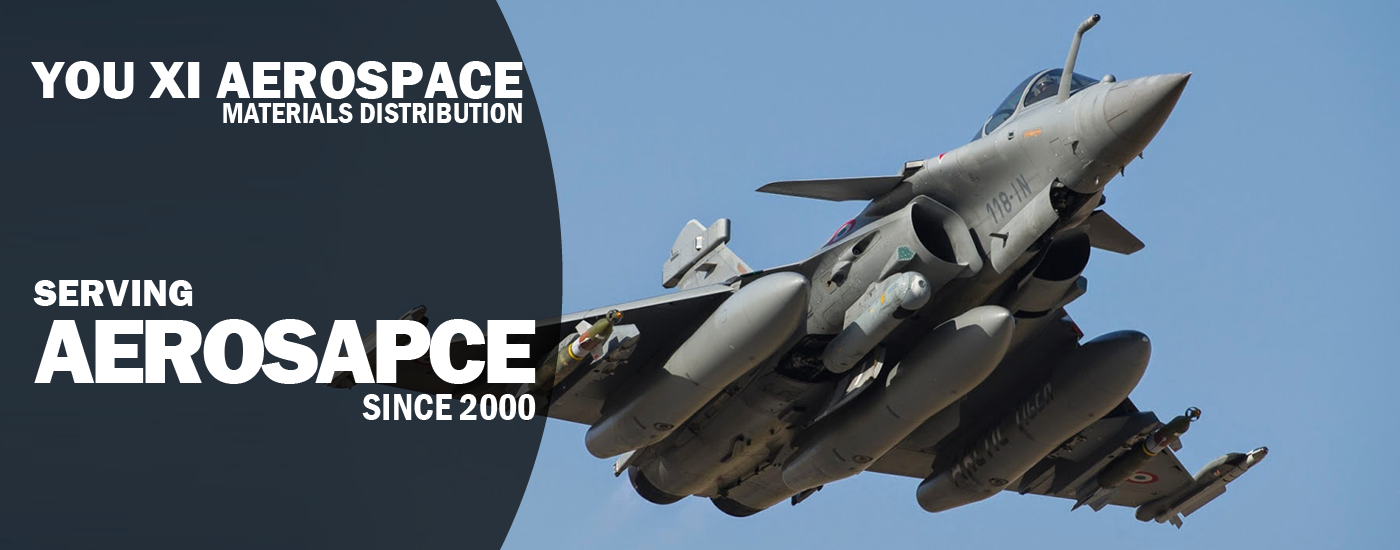On the Februrary 2002 issue of Ingenia Online, the possibility of creating a faster and larger aircraft was discussed. More than a decade later, the pursuit for faster aircrafts still continues. Through the recent aerospace technology and materials, it is more than possible to develop super fast planes. It is like betting on a sure thing.
Nanostructured Ceramics
According to MIT Technology Review, nanostructured ceramics might be the future of lighter, faster and stronger airplanes. These engineered ceramics are composed of nanoscale criss-cross struts, which is akin to the Eiffel Tower. Researchers regard these nanostructured ceramics as “the strongest and lightest substances ever made.”
Lightweight Aircraft Means Faster?
Technological advancements have allowed engineers to operate wing flaps using lightweight electrical systems. You don’t have to be super smart to know that light materials travel faster and smoother compared with heavy materials.
A study conducted by the Flight Sciences International showed that fuselage-insulation blanketing sucks up humidity. In time, they get a bit weighty.
In an effort to decrease the weight of its carriers, Jetstar airways replaced their in-flight entertainment kits with Apple’s iPads.
Hypersonic Passenger Plane
The Daily Mail Online reported that in 2030, passengers can travel from London to Sydney in a little under 90 minutes. More so, flying to the United States from Europe will only take an hour or so.
After receiving the funding, the development of hypersonic SpaceLiner has now the green light. The aircraft will have two-stage, fully reusable system. It will also be powered by environment-friendly materials — liquid hydrogen and oxygen. The SpaceLiner’s engine will also be able to accelerate “more than 20 times the speed of sound in less than 10 minutes”, Daily Mail Online reported.
Supersonic Boom Aircraft
According to Dezeen, supersonic speed planes or Boom planes can “travel 2.6 times faster than any other aircraft.” This can be done using “lightweight carbon-fiber composites, propulsion systems and airframe materials” as detailed on the company’ website.
Based on an article from The Guardian, Boom planes were not the first supersonic planes to be the talk of the town. The National Aeronautics and Space Administration (NASA) also had the same conceptual design, which will be more hushed when landing.

